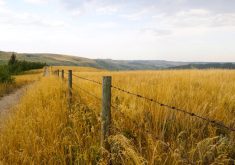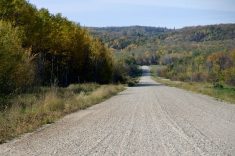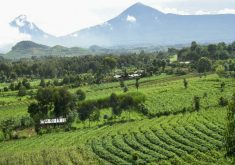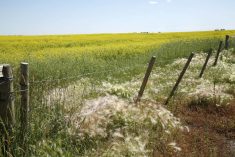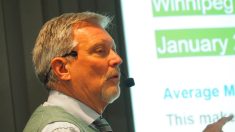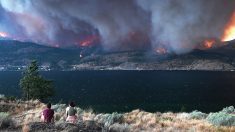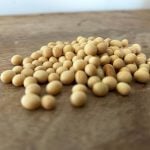Whether or not invasive species threaten native biodiversity and ecosystems has been a point of debate among researchers for years.
Invasive species have caused extinctions of native species and even altered the functioning of ecosystems. But not all species that are introduced to new areas become invasive — meaning they cause negative impacts.
Despite this, all non-native species are tagged as harmful. This way of thinking has caused conservation management actions to typically focus on the eradication of non-native species with the goal of restoring “natural” landscapes. It has stripped these species of their role as biodiversity indicators used to describe the state of the environment.
Read Also

Calling all Co-operator readers
Hey farmers, we want to hear your Manitoba Co-operator stories: the articles that stuck out, the farm history you watched on our pages.
Collectively, this has perpetuated the idea that native species are good and non-native species are bad. But what if we’re wrong about non-native species?
The reality is that the role of most non-native species in ecological communities is uncertain or complex.
Some non-native species are a leading cause of species extinctions whereas others contribute to regional biodiversity.
For example, native butterflies in Vancouver Island’s endangered Garry Oak savanna ecosystem were found using non-native flowers for nectar, particularly in late summer when native flowers are scarce.
A more complex example is the case of the California ridgeway rail, an endangered bird native to the marsh habitats in the San Francisco Bay area. Since the beginning of the 19th century, this species has been declining dramatically primarily because of the destruction of marsh habitats.
Today, this bird relies, in part, on non-native salt-water cordgrass, introduced to California in the 1970s. The non-native cordgrass enhances habitats for the birds by providing more tall plant cover and increasing the area of marsh habitat. Efforts to eradicate the cordgrass throughout the 2000s led to declines in the rail’s population size.
However, the cordgrass also converts mudflats into tidal wetlands, negatively impacting shorebirds that need mudflat habitats for foraging.
As ecologists researching non-native species for more than 10 years, we believe the negative perception of non-native species and the one-sided aggressive approach to their management leads to underestimation of the positive roles that these species can play in ecological communities.
Controlling non-native species is expensive, time-consuming and can be ineffective in the long term. For species that have neutral or positive effects on native species, it is wasteful, as limited resources could be put to better use.
We need to rethink the idea that all non-native species are harmful. We need to evaluate the full range of impacts of non-native species before taking action against them. And eradication efforts should be reserved for situations where they will have the greatest benefits.
We suggest two ways through which science can help move us forward.
First, rigorous biological research can help prioritize which non-native species should be removed and which can be left undisturbed. In cases where non-native species need to be removed, such studies can also tell us when additional management will be needed to support the existing native community.
Second, researching the net effects of non-native species in ecological communities can improve the effectiveness of our conservation strategies. We need more studies that explicitly consider both positive and negative impacts of the same non-native species.
We are not suggesting that we should abandon our efforts to mitigate serious problems caused by some non-native species, or that governments should stop trying to prevent potentially harmful species from entering their jurisdictions.
Rather, we urge conservation practitioners and policymakers to organize and prioritize the management of habitats around whether species are more beneficial or harmful to biodiversity.
– Heather Kharouba is associate professor of ecology, University of Ottawa. Stephanie A. Rivest is a researcher, Department of Biology, University of Ottawa.


